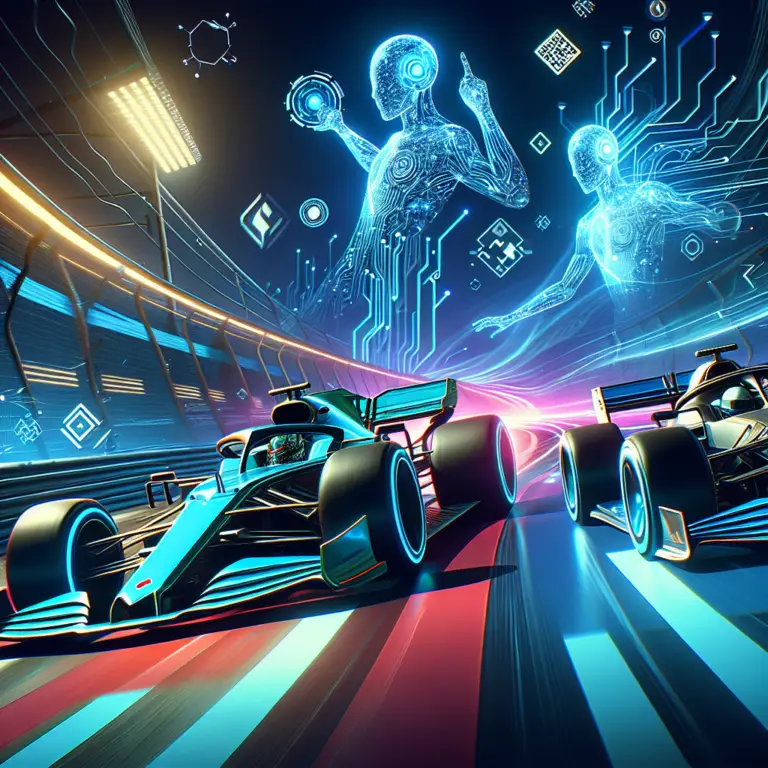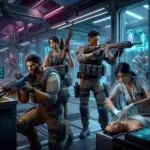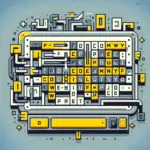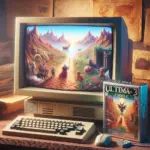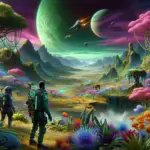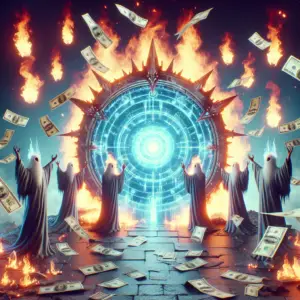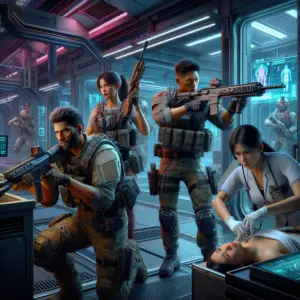AI Revolution in Gaming: Yosh’s Trackmania Neural Network
The realm of gaming is witnessing a transformative era with the advent of artificial intelligence (AI), particularly through the innovative use of neural networks and reinforcement learning. In a striking example of this technological evolution, YouTuber Yosh embarked on a remarkable three-year journey to develop an AI that could outperform his extensive 17 years of experience in the racing game Trackmania. His ambitious goal was to harness the power of AI to not just mimic but surpass human gaming skills.
Yosh is no stranger to the intersection of gaming and AI technology. His YouTube channel, which boasts nearly 100,000 subscribers and has amassed over 18 million views globally, is a testament to his dedication and expertise in this field. His latest project represents a culmination of his efforts to push the boundaries of what AI can achieve in gaming.
Understanding Neural Networks and Reinforcement Learning
A neural network is a sophisticated mathematical tool that emulates the workings of the human brain. It’s designed to analyze and interpret complex patterns by processing input data through layers of interconnected nodes, or “neurons.” In the context of gaming, Yosh’s AI utilizes a neural network to process key gameplay parameters such as turning rate and speed, which then inform the AI’s in-game decisions.
The concept of reinforcement learning is central to the AI’s progression. This approach involves rewarding the AI for actions that are deemed beneficial, thereby encouraging the system to repeat those actions. Over time, the AI learns to optimize its performance, striving for faster times and more efficient maneuvers within the game.
- Turning rate
- Speed
- Track layout comprehension
- Obstacle navigation
These parameters are critical for the AI as it navigates the virtual tracks of Trackmania, constantly refining its strategy to achieve the best possible outcome.
The Ideal Testbed: Trackmania’s Simplicity
Trackmania, with its straightforward rules and trial-and-error gameplay, emerges as an exemplary platform for AI training. The game’s simplicity provides a clear and controlled environment for the AI to learn and adapt. This is crucial for the neural network’s ability to process information and improve through reinforcement learning.
The visual component of Trackmania is particularly conducive to AI development. The game allows for replays to be layered over one another, offering a visual representation of learning and progression. Watching hundreds of AI-controlled cars simultaneously attempt, fail, and eventually succeed on a track makes the learning process not only transparent but also visually engaging.
Such a visual approach to learning underscores the AI’s trial-and-error method, where each attempt, whether successful or not, contributes to the AI’s growing understanding of the game’s mechanics and how to navigate its challenges more efficiently.
Evolving AI Competence
The AI’s journey began on simpler tracks, where the basic mechanics of Trackmania could be grasped without the complexity of advanced maneuvers. As the AI’s competence grew, Yosh introduced it to more challenging tracks, adding layers of difficulty to the learning process. A pivotal moment in the AI’s development was the introduction of the ability to brake, a feature initially omitted to simplify early learning stages.
Braking opened the door to the concept of drifting—a technique that can significantly reduce lap times. Yosh incentivized the AI to drift by rewarding it for such behavior. However, this led to an unintended consequence: the AI began to drift constantly, exploiting the reward system without improving its top speed. To correct this, Yosh implemented a speed requirement, ensuring that the AI would only be rewarded for drifting at high speeds.
| Before Correction | After Correction |
| AI rewarded for any kind of drifting | AI rewarded for drifting over a certain speed |
| Resulted in constant drifting with low top speed | Encouraged high-speed drifting, improving lap times |
This adjustment was a crucial step in refining the AI’s racing strategy, ensuring that it learned not just to drift, but to drift effectively. The AI’s progress was significant, showcasing the potential of neural networks and reinforcement learning in developing advanced gaming AI.
AI’s Remarkable Progress and the Ultimate Showdown
The AI’s journey through the virtual tracks of Trackmania has been nothing short of remarkable. With each iteration and correction, the AI has demonstrated significant advancements, showcasing the incredible potential of neural networks and reinforcement learning in the realm of gaming. The progress made by Yosh’s AI has captivated the attention of viewers worldwide, eager to witness the outcome of this groundbreaking man versus machine challenge.
For those intrigued by the prospect of an AI that could potentially be unbeatable, the full extent of its capabilities is on display in Yosh’s video. The man versus machine showdown is not just a testament to the AI’s prowess but also to the ingenuity and dedication of its creator.

